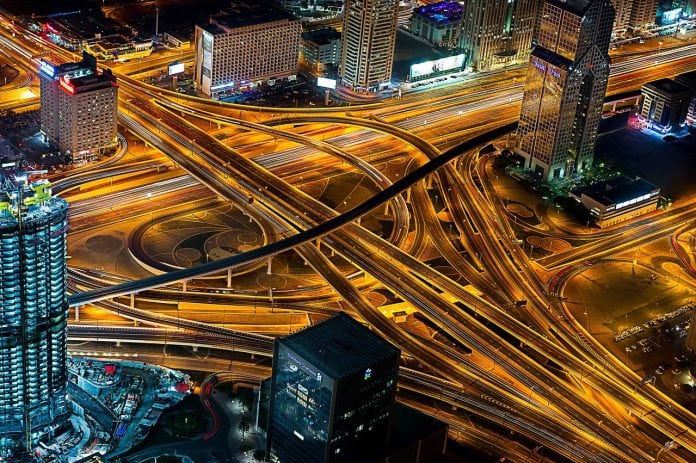
Large-scale introduction of driverless vehicles in modern urban traffic is an unlikely scenario for the next 10 to 15 years for the UAE. This is the conclusion of a white paper, ‘When will autonomous transit be a reality’, published today by 2getthere, the Utrecht-based company that specializes in autonomous transit solutions. Instead of focusing solely on technology that makes cars autonomous, it would be better to work towards an urban traffic infrastructure in which a gradual development can take place from semi-autonomous vehicles to fully autonomous ones.
According to the authors of the whitepaper, Robbert Lohmann and Sjoerd van der Zwaan, 2getthere Chief Operations Officer and Chief Technology Officer, the world of autonomous transit is characterized by a watershed. On the one side we see the car manufacturers, who are betting heavily on technology that will enable cars to find their way without the help of a driver on the highway within just a few years. On the other side are the developers of automated systems of public transport, who connect vehicle autonomy with obstacle detection and separate lanes. Semi-autonomous systems like this are already in use with more soon to be operational, for instance in the Netherlands at the Rivium Business Park in Capelle aan den IJssel and in Masdar City (Abu Dhabi). From 2019 Dubai will also be operating such a system connecting the Dubai subway system with Bluewaters Island, just off the Dubai coast. The Bluewaters Island APM will be a sustainable and autonomous system carrying up to 5,000 passengers per hour in each direction.
Read and download here the whitepaper: ‘When will autonomous transit be a reality?’
‘What we see happening is that car manufacturers and tech-companies are spending massively on marketing and organizing spectacular pilot projects in a bid to win over the public as well as the decision-makers in government’, says Lohmann. ‘However, our conclusion is that in reality, despite undeniable leaps in technology, fully autonomous cars (level 5) will not hit the road for many years – if ever. In our whitepaper, therefore, we make a case for a paradigm shift: first start deploying automated transit systems in controlled environments (level 4), and then slowly, step by step, reduce the level of control. This will allow the technology to develop towards maturity without risking passenger safety.’
Gradual development
The strength of 2getthere’s philosophy is that society will soon be able to reap the benefits of autonomous transit without the disadvantages of the rule of the restrictive headstart. ‘Autonomous vehicles can add a significant amount of capacity to existing public transport, as they are a natural extension as feeder systems,’ says Lohmann. ‘Capelle in the Netherlands is a picture perfect example, where our Parkshuttle has for many years already been a popular “last mile” solution to get from the Kralingse Zoom subway station to Rivium Businesspark. It was recently decided to renew the existing Parkshuttle system and to expand its route to include a section of public road. This way we will be able to incrementally move towards a situation in which all forms of transportation, such as cars, bicycles, water bus, Parkshuttle and subway trains are seamlessly connected. Autonomous transit systems will soon be genuinely integrated into the transport chain.’
According to the authors, business campuses but also airfields are the perfect location for groundbreaking experiments in autonomous transit solutions. Lohmann: ‘The parameters in these locations are well known and you know which settings can be adjusted. Demonstrations of things that might be possible many years from now can be sexy, but we should be careful not to give decision-makers the wrong impression. As soon as possible, we should be deploying applications that actually work in the here and now, and on the basis of our experience introduce new generation after new generation. We predict that this will be a faster route towards autonomous transportation.’




































